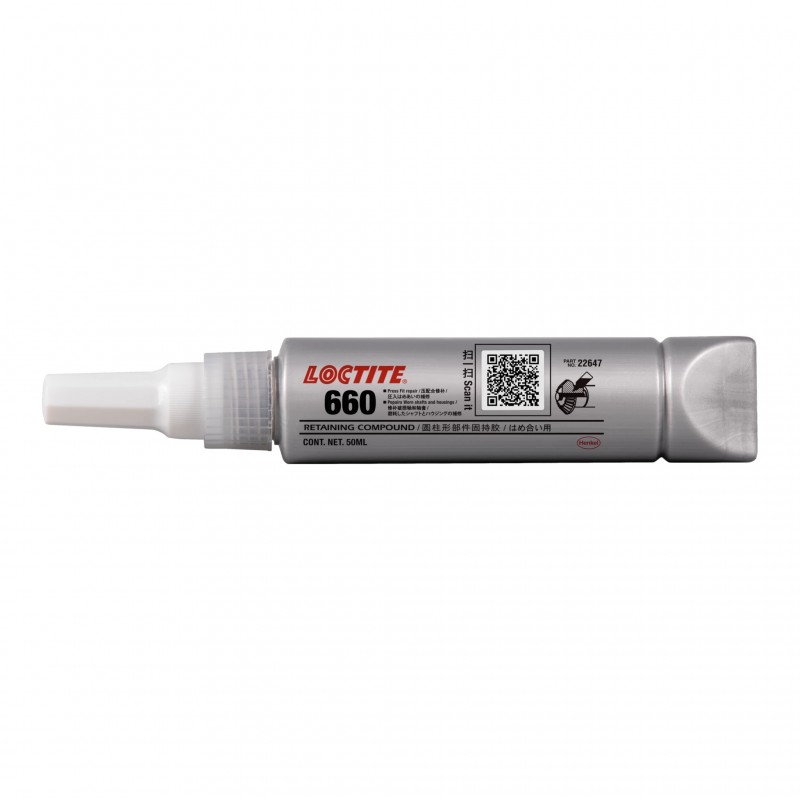
an industrial safety & marine products distribution company
an industrial safety & marine products distribution company
Loctite 660 is a high-strength, industrial adhesive, often used for bonding metal parts that are subject to wear and high stress. It’s a type of retaining compound that’s designed for use in repairing and protecting components like bearings, shafts, and gears, especially when there's a gap between the parts. It’s widely used in machinery maintenance, offering resistance to vibration, shock, and thermal expansion.
key features of Loctite 660:
High Strength: Bonds tightly to metal parts with excellent load-bearing properties.
Gap Filling: Can be used for gaps up to 0.25mm between parts.
Resistance: It offers resistance to chemicals, oils, and most solvents.
Fast Curing: Provides rapid bonding, ensuring quick repairs or maintenance.
 Secured
Secured
 Fast Delivery
Fast Delivery
 7 days Return
7 days Return
Apply the Loctite 660:
Apply the adhesive evenly to one of the parts (usually the shaft or the bearing). A small amount is sufficient, as Loctite 660 spreads well during the assembly.
Use a brush, squeeze bottle, or applicator tip for more precision.
Assemble the Parts:
Quickly position the parts together. Since Loctite 660 is a fast-setting adhesive, alignment should happen quickly after applying the adhesive.
Press the parts together firmly to ensure a good bond. If you are using it for a bearing or shaft, align the parts properly and fit them securely.
Secure the Assembly:
Hold the parts in place or secure them with clamps, bolts, or a fixture if necessary.
The adhesive will begin to cure at room temperature, but applying slight pressure can help eliminate air gaps and ensure a stronger bond.
Temperature Range: Loctite 660 works best within a temperature range of -55°C to 150°C (-67°F to 302°F). It’s resistant to oils, fuels, solvents, and water.
Storage: Store Loctite 660 in a cool, dry place, and keep the bottle tightly closed when not in use to maintain the adhesive's effectiveness.
Cleanup: If you need to clean up excess adhesive before it cures, use a solvent or acetone, but do so quickly. Once the adhesive starts curing, it becomes very difficult to remove.
Safety: Always use Loctite 660 in a well-ventilated area, and avoid direct skin contact. Wear gloves and eye protection, and refer to the product's safety data sheet (SDS) for more safety guidelines.
Specific References